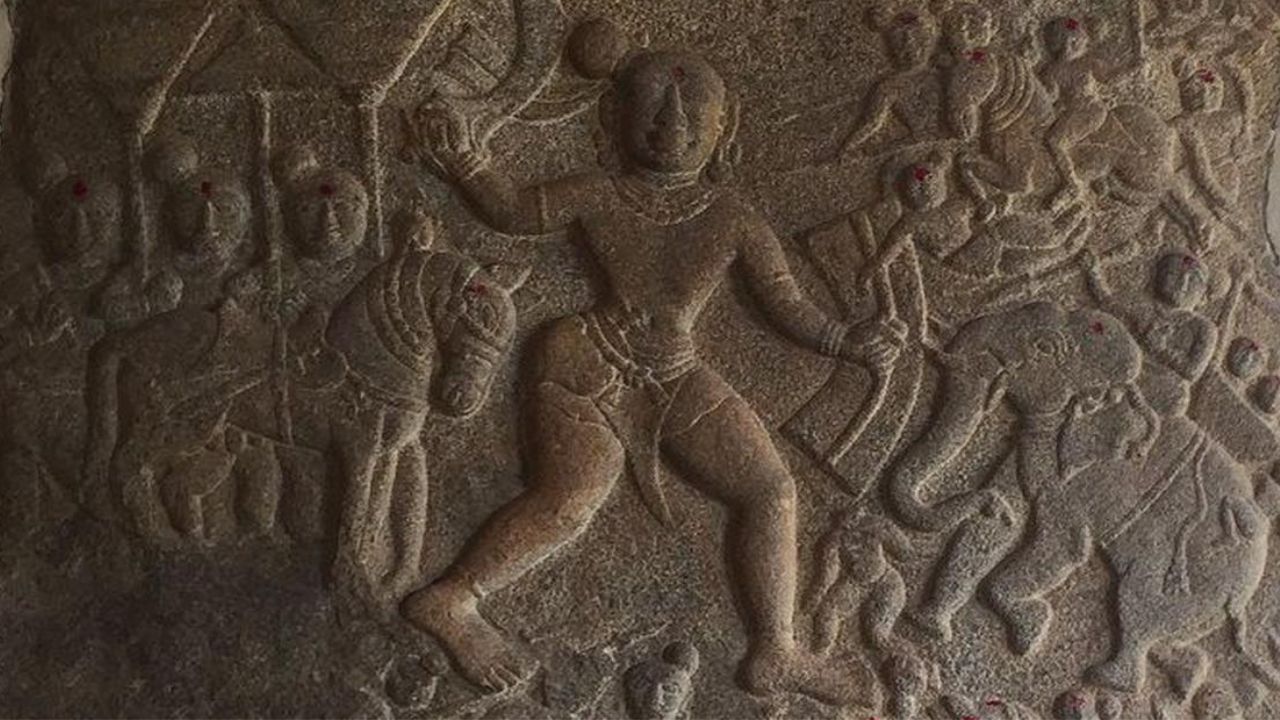
Dragon’s Breath
Read More
Sanity Break #1
In a world that often seems filled with hate, here is a lovely reminder from Karwan-e-Mohabbat that affection, respect and friendship still endures.

Headlines that matter
Check out this edition for the most important stories from around the world today!

Sanity Break #2
If you’re a fan of director Jane Campion (of ‘The Piano’ fame), you’ll be happy to know that her upcoming movie ‘The Power of the Dog’ is already generating Oscar buzz for its star, Benedict Cumberbatch.

Smart & Curious
Here’s a list of intriguing things to pique your interest and wonder at our weird, wacky world.

Feel Good Place
Need an immediate pick-me-up? We have you covered! From hilarious animal clips to stuff that’ll make you go “lol why?!”, we have all you need to keep you sane on even your worst hair day.






